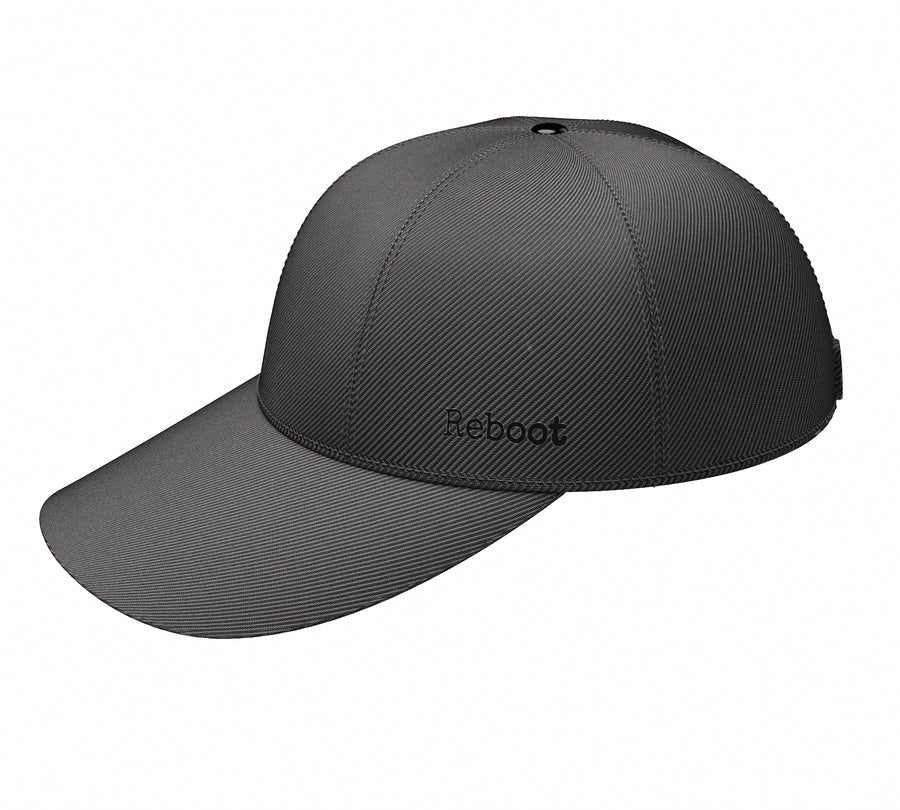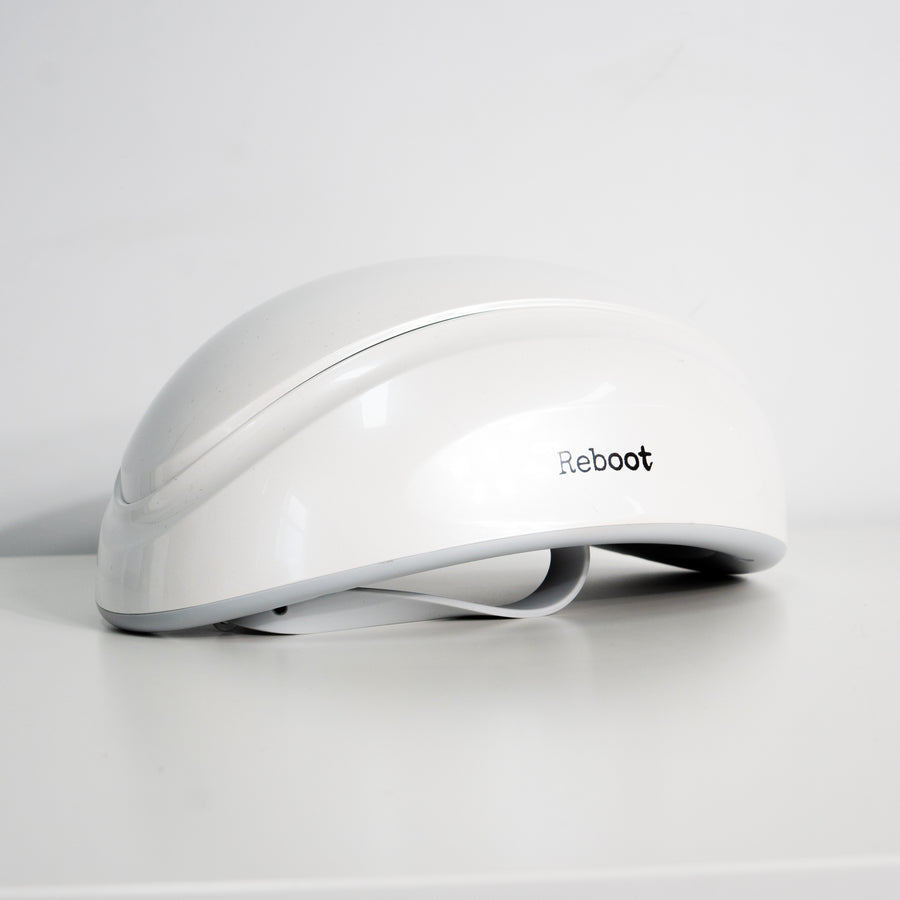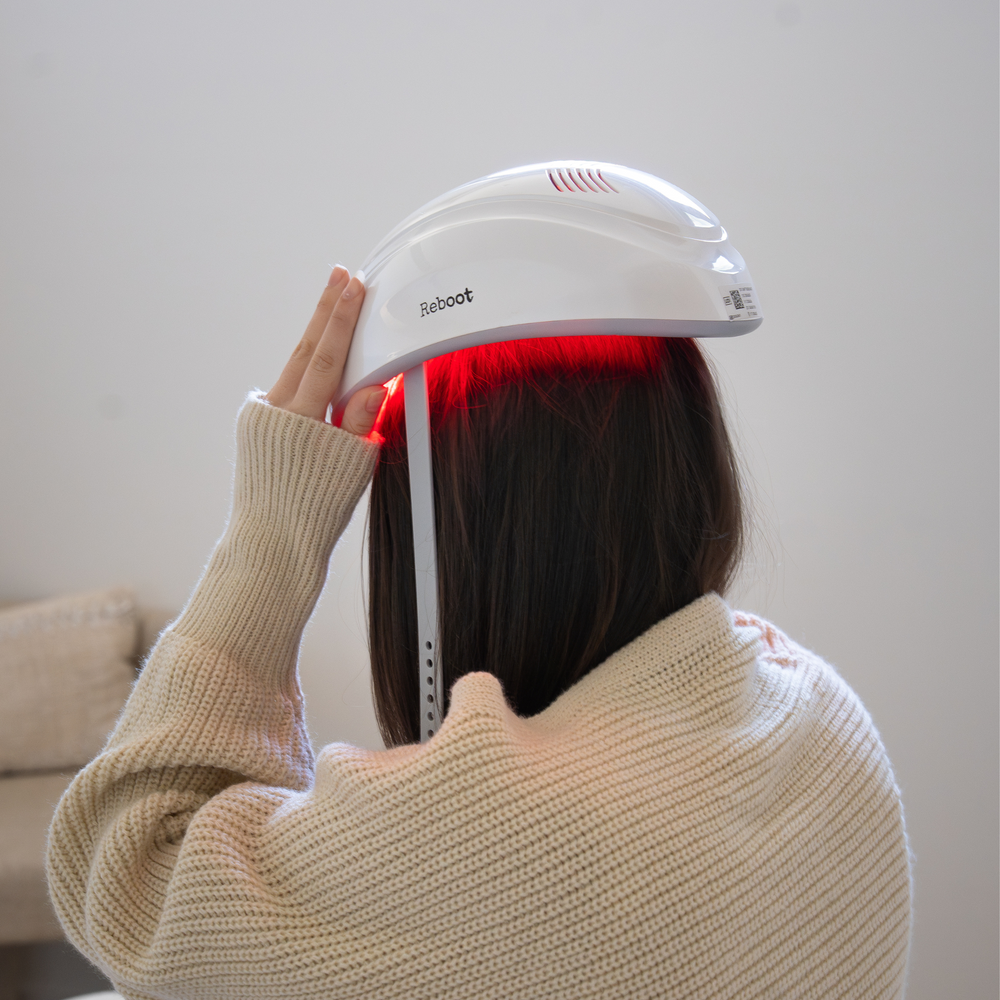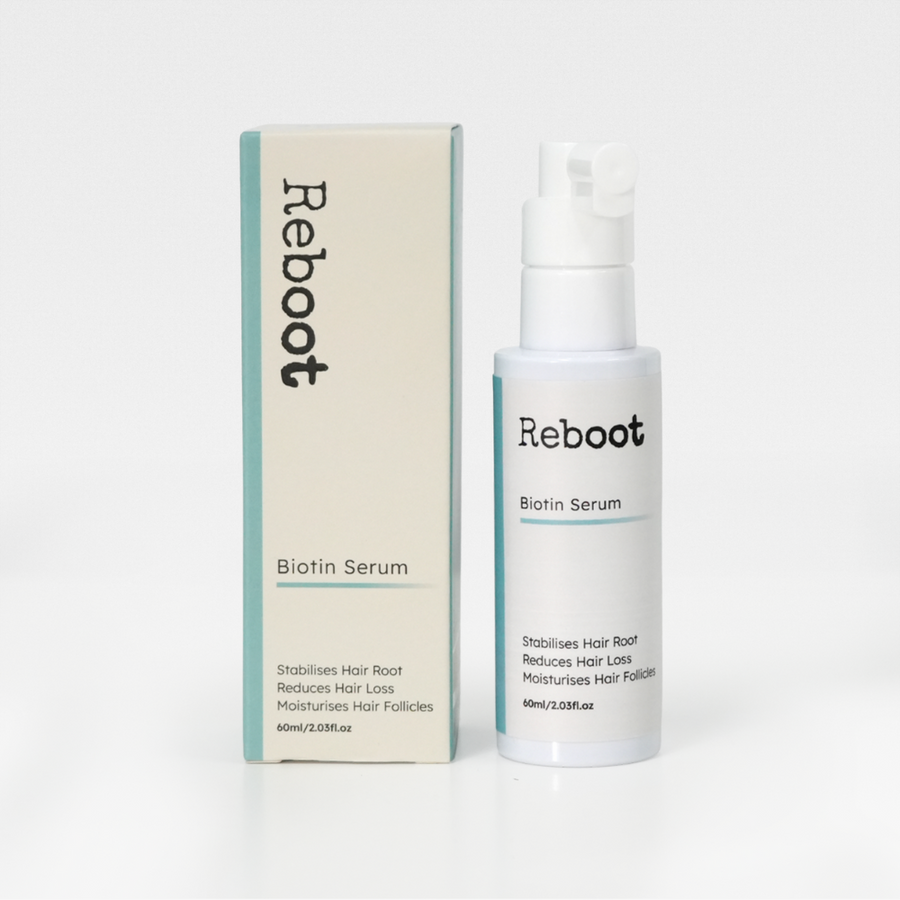Microneedling on Scalp Demystified: A Guide to Enhancing Hair Growth

image credit to Peony Studio NY
Hair loss is a common problem that affects many people, and it can be a significant source of stress and anxiety. Losing one's hair can lead to a loss of confidence, as it can significantly affect our overall well-being.
But you're not alone; the concern of hair loss is a common issue. Research estimates suggest that approximately 50% of men and 40% of women will experience some form of hair loss by the time they reach the age of 50.
Even so, dealing with the emotional impact of hair loss can be challenging, especially if it happens suddenly or at a young age. For many people, their hair is an essential part of their identity, and losing it can be devastating.
Because of this, many traditional and modern or both combined have been tried and tested to grow hair back on one's scalp. Hair transplants, medication, and other treatments.
Among various hair growth treatments and procedures, one that has garnered significant attention recently is microneedling. This non-invasive method is often associated with skincare, but it has been proven to successfully promote scalp health and hair growth.
There are many questions when it comes to microneedling on the scalp. How to do it? Am I using the correct cartridge?
Worry not; this blog will help you uncover the basics you should know about microneedling on the scalp for hair regrowth, so you can try this at home!
First, What is Microneedling?
For those who don't know, microneedling is a dermatological procedure that involves creating microscopic punctures in the skin using tiny, sterile needles. This process instigates the body's natural healing response, stimulating collagen production and increasing the absorption of topical treatments.
These tiny holes are so small that they don't hurt much and heal quickly, but they are just enough to trick your body into a "repair mode."
Just like the body would rush to heal a cut or a bruise, it also rushes to repair these tiny holes. The repair process includes increasing blood flow and boosting the production of collagen. This protein strengthens and improves the quality of your skin.
How Does Microneedling Work on The Scalp?

Well, when the body is in "repair mode," it doesn't only produce more collagen but also stimulates the growth of new cells, including hair cells. The increased blood flow brings more nutrients to the hair roots, making your hair healthier and stronger.
By microneedling on your scalp, you're encouraging your body to create a better environment for hair growth. The treatment also enhances the absorption of topical treatments, if you're using any, meaning those products can better reach the areas they need to work on.
How to Microneedle on the Scalp? A Step-By-Step
Choose the Correct Microneedling Cartridge for on The Scalp
The first step in the microneedling process is choosing the correct cartridge. For example, Dr. Pen's microneedling pen models each have a range of cartridges to complement different treatments. There are options from 11-pin to 48-pin to choose from.
For microneedling on the scalp, it is advised to use a cartridge with more needles: the 24-pin or the 36-pin cartridge. This is to suit the skin of the scalp.
For the needle length, it should ideally be between 0.5mm to 1.5mm for scalp treatment. A size of 0.5mm can enhance the absorption of topical treatments if you are doing some regular hair growth serum treatment.
In comparison, 1.0mm to 1.5mm can be used if you intend to stimulate more deep scalp layers, promoting hair growth with the microneedling treatment.
Microneedling Preparation
Before starting the procedure, cleaning the scalp thoroughly is crucial to avoid infection. Numbing cream can be applied before microneedling if you have concerns about how it might be painful.
The Microneedling on the Scalp Process
A session should last 10-20 minutes, depending on the scalp area you're treating.
In this treatment, you can also apply either hyaluronic acid or hair restoration serum to enhance the effectiveness of the microneedling treatment.
To start the microneedling process, you can move the microneedling device across your scalp in a grid-like pattern for the procedure. Do not apply excessive pressure, and ensure you cover all areas experiencing hair thinning.
There are also some important do's and don'ts you can follow in doing microneedling on the scalp, such as:
- Do keep it clean: Always make sure your device and area of work are clean to avoid cross-contamination.
- Do take it slow: Start with shorter needle lengths and increase as your scalp becomes accustomed to the procedure.
- Don't overdo it: Avoid putting excessive pressure. Excessive pressure can lead to irritation, inflammation, and even damage to the scalp.
- Don't ignore pain or discomfort: While microneedling can cause slight discomfort, extreme pain or prolonged irritation isn't normal. Consult a professional if you experience these symptoms.
Post-microneedling on the scalp
It's advisable to avoid washing your hair for at least 4 hours following the treatment.
It's also essential to avoid using scalp products with artificial scents for at least a few days post-treatment.
You may notice your scalp peeling off a few days post-treatment, similar to when your skin peels after a mild sunburn. This is an expected response as the surface layer of your scalp is renewing itself.
You might also experience some discomfort or tenderness on your scalp. This is perfectly normal, considering the numerous micro-injuries caused by microneedling.
Should you notice any persistent inflammation in a specific area, make sure to sanitise the area thoroughly with an antiseptic like a betadine before bedtime.
Do not expose your freshly treated scalp to direct sunlight, which can cause unwanted reactions. It's similar to how our skin becomes more susceptible to sunburn when it's just been exfoliated.
Wear a hat or head scarf to help to protect your scalp during this healing time.
Please do not engage in intense physical activity, as it can cause the scalp to sweat. In the healing period, the scalp is prone to infection from bacteria and dirt.
Lastly, sleeping on a clean pillowcase can also help you prevent potential infections.
Essential Aftercare

It's important to remember that there is no one-size-fits-all solution to hair loss.
Additional supporting care can also be a helpful factor in the success of microneedling on the scalp.
Our recommended picks for scalp treatment aftercare:
Using these devices regularly on the scalp can fasten the healing process while increasing the stimulation of hair growth.
After microneedling, your scalp is highly receptive to topical treatments. To enhance your results, apply a high-quality hair growth serum or lightweight, botanical-rich oil. Some successful cases also include the application of Minoxidil regularly on the scalp.
When can you see results from microneedling on the scalp?
When it comes to microneedling treatment on the scalp, consistency is always the key. The average treatment frequency recommended is once a week when you start needling on the scalp in the first month, then gradually change the frequency to twice a week in the second month.
After that, you can move back down to microneedling your scalp once a month to maintain your results.
Although results may vary, most microneedling users can see a positive effect on hair regrowth from the first three to six months.
This is the suggested treatment schedule for general use, as it allows for the healing process of the scalp to complete thoroughly, so you can accurately gauge your results.
Remember, this is a general guide, so to achieve the best results for your hair loss needs, please check with your healthcare professional.
Do You Have Everything You Need for Microneedling on Scalp?
We hope this blog prepares you for your next scalp microneedling treatment and answers some questions about starting microneedling for hair loss.
Suppose you feel ready to microneedle for hair loss. In that case, you can start by browsing Dr. Pen microneedling Cartridges suitable for microneedling on the scalp.
If you are new to microneedling, browse your potential first Dr. Pen microneedling Pen, which is suitable for microneedling on the scalp and other skin concerns such as fine lines, wrinkles, and skin textures.
Need help or consultation? Chat with our friendly customer support team at drpen.com.au.











